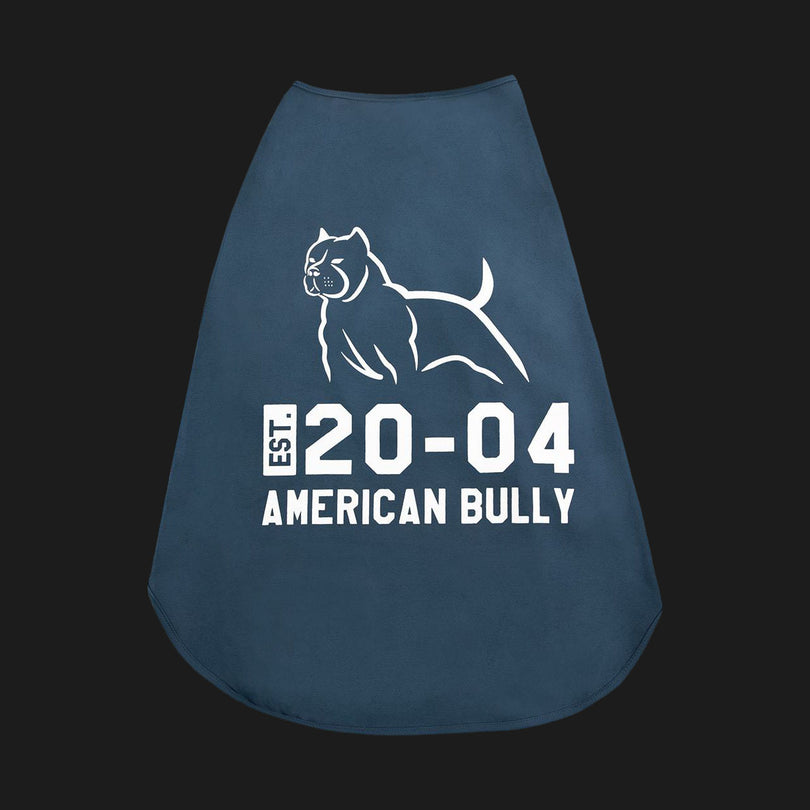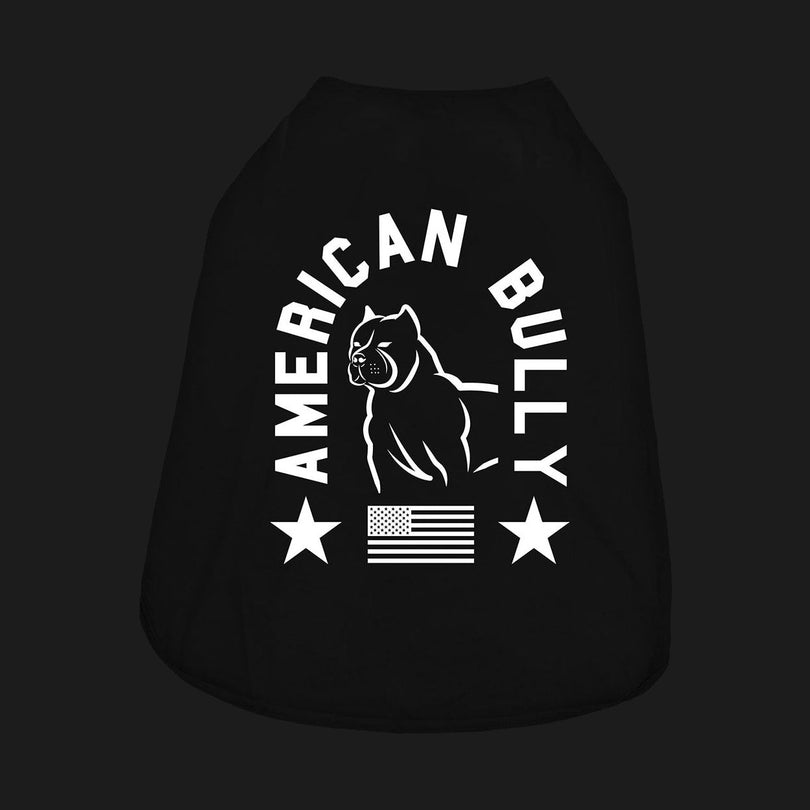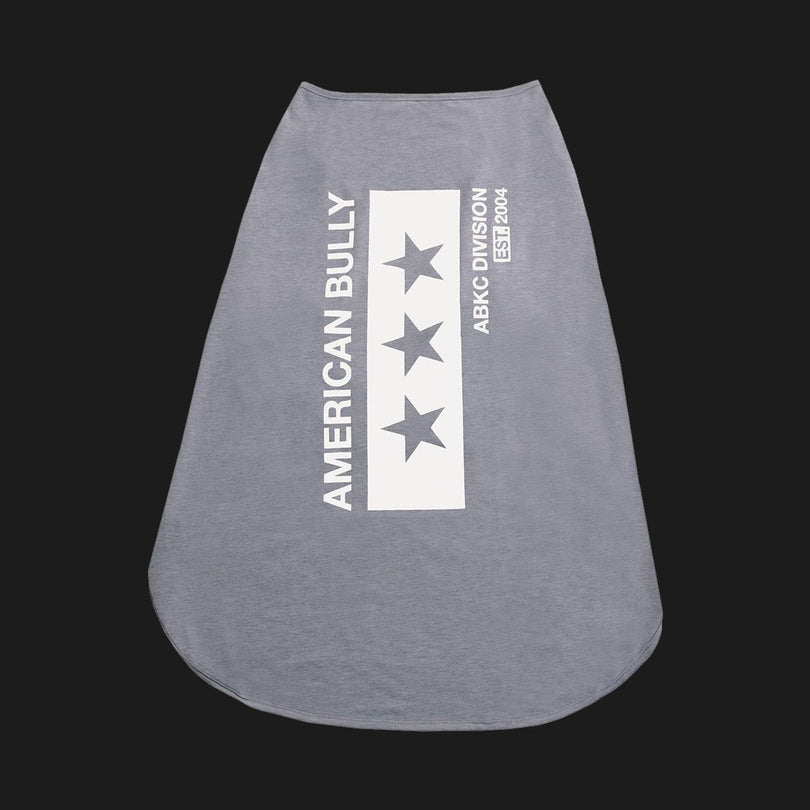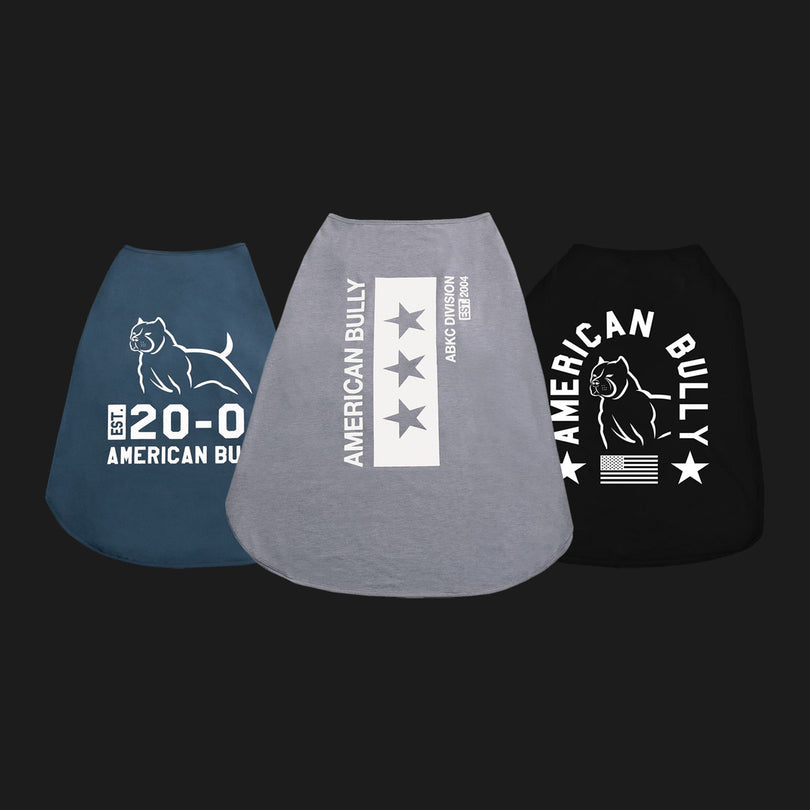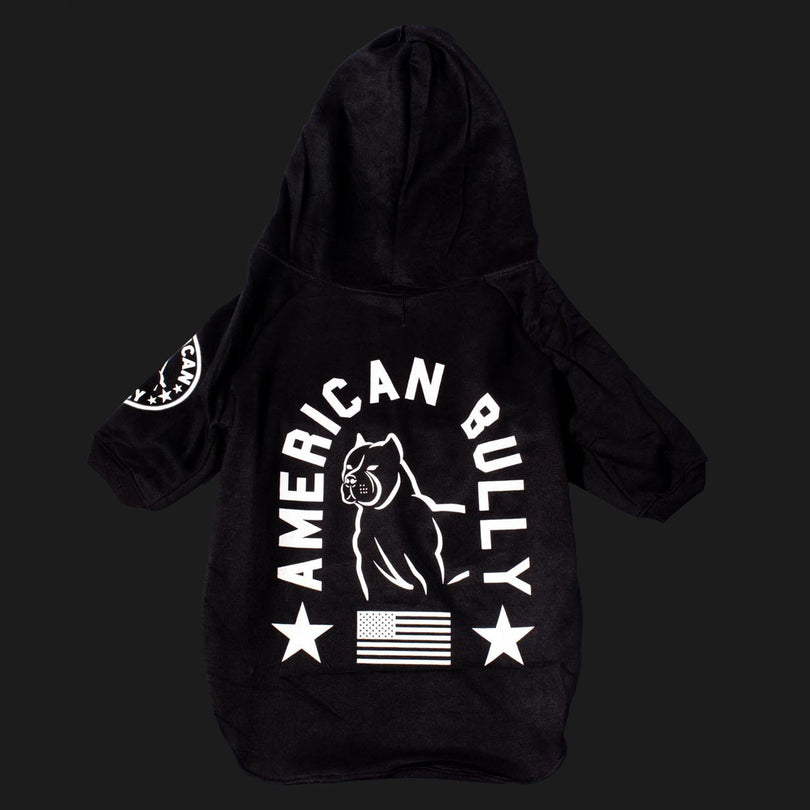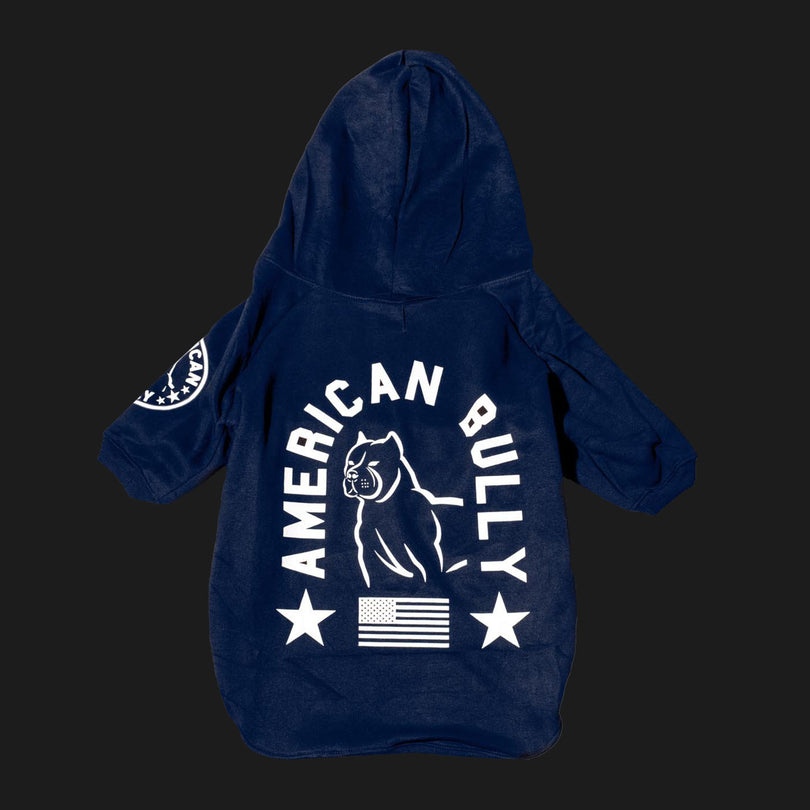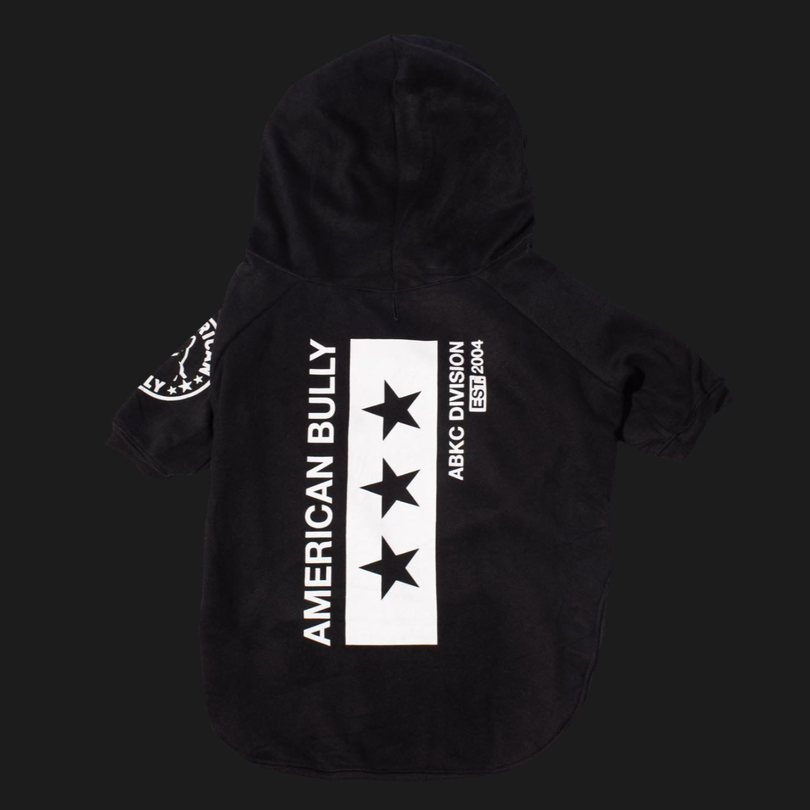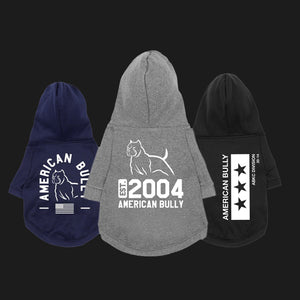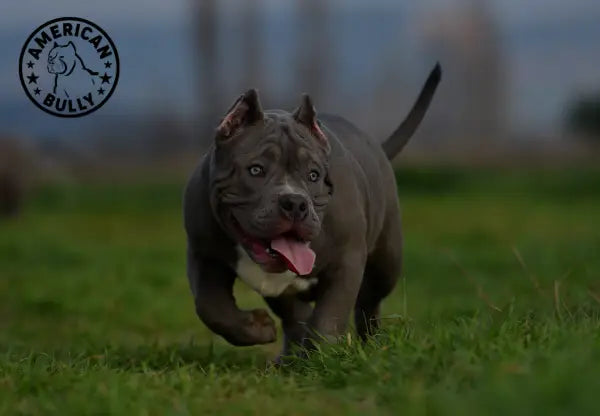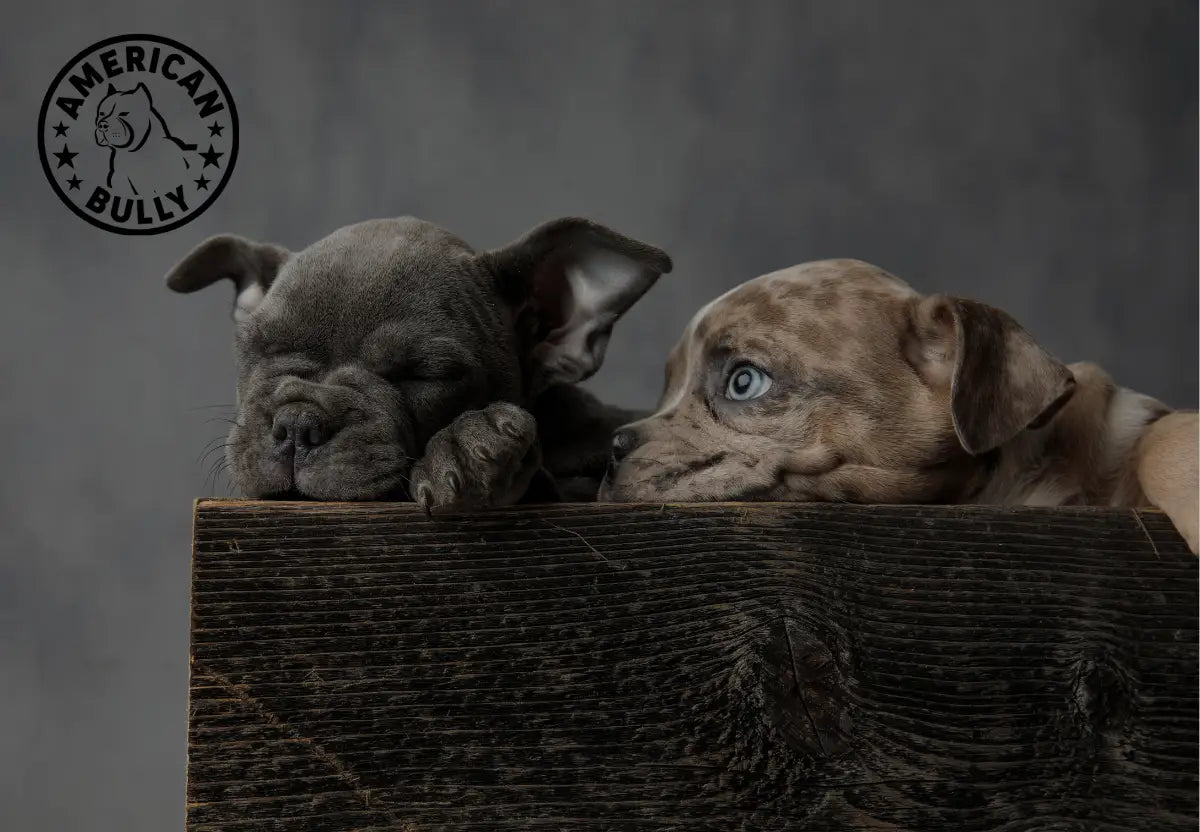The American Bully, known for its muscular physique, loyal temperament, and striking appearance, is a beloved breed among dog enthusiasts. As a companion and show dog, the American Bully thrives in various environments, but its health can be significantly influenced by climate. From scorching summers to frigid winters, environmental conditions affect the breed’s well-being, requiring owners to adapt their care practices. This blog explores how climate impacts American Bully health, offering practical tips to keep your dog safe and healthy, and comfortable year-round. This guide aims to empower owners with knowledge to protect their furry friends.
Understanding the American Bully’s Physical Traits
To grasp how climate affects American Bullies, we must first consider their physical characteristics. The breed has a short, smooth coat that offers minimal insulation, making them sensitive to extreme temperatures. Their muscular build and broad chest can lead to rapid overheating, while their compact airways—especially in some pocket or micro varieties—may predispose them to respiratory challenges in humid or hot conditions. These traits, combined with the breed’s high energy and playful nature, mean that climate plays a critical role in their health and comfort.
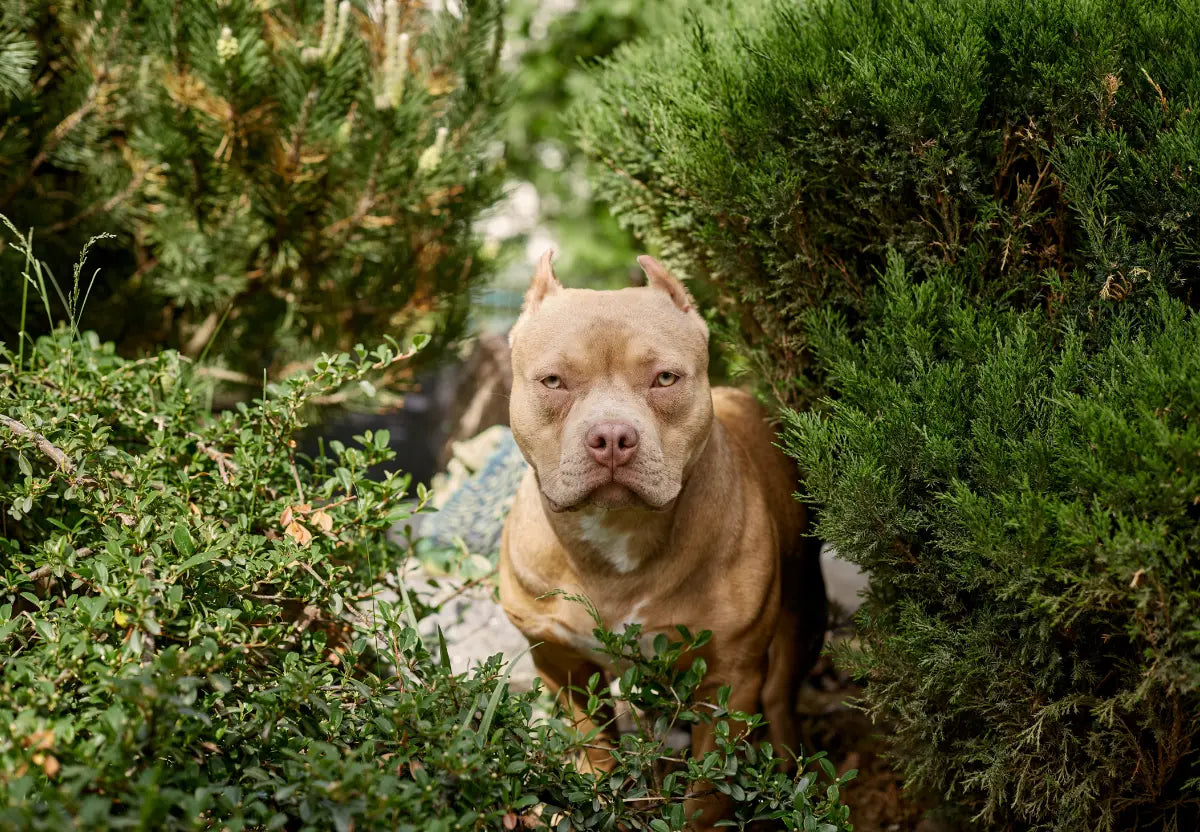
How Hot Climates Affect American Bully Health
1. Heat Stress and Heatstroke
Hot and humid climates pose significant risks for American Bullies. Their short coats and brachycephalic-like features (in some individuals) make it difficult to regulate body temperature through panting. Heat stress can escalate to heatstroke, a life-threatening condition where body temperature exceeds 104°F (40°C). Symptoms include excessive panting, drooling, lethargy, vomiting, and collapse.
-
Prevention Tips:
-
Avoid exercise during peak heat (10 AM–4 PM). Opt for early morning or evening walks.
-
Provide constant access to fresh, cool water. Consider adding ice cubes to water bowls.
-
Use cooling mats, vests, or kiddie pools to help your Bully stay cool.
-
Never leave your dog in a parked car, where temperatures can soar within minutes.
-
2. Skin Issues
Hot climates increase the risk of skin problems in American Bullies, whose short coats offer little protection from UV rays. Sunburn, particularly on light-colored or thin-coated dogs, can lead to redness, discomfort, or even skin cancer over time. Humidity can also foster bacterial or fungal infections in skin folds, a common issue in the breed’s muscular structure.
-
Prevention Tips:
-
Apply pet-safe sunscreen to exposed areas like the nose, ears, and belly before outdoor time.
-
Regularly clean and dry skin folds to prevent moisture buildup.
-
Monitor for signs of infection, such as redness, odor, or itching, and consult a vet promptly.
-
3. Dehydration
American Bullies are prone to dehydration in hot weather, especially during exercise. Dehydration can strain kidneys and lead to lethargy, dry gums, and sunken eyes.
-
Prevention Tips:
-
Carry portable water bottles during walks or outings.
-
Encourage drinking by adding low-sodium broth to water for picky drinkers.
-
Watch for early dehydration signs and offer water frequently.
-
How Cold Climates Affect American Bully Health
1. Hypothermia and Frostbite
American Bullies are not well-equipped for cold climates due to their short coats and low body fat in some lean varieties. Prolonged exposure to freezing temperatures can cause hypothermia, where body temperature drops dangerously low, leading to shivering, lethargy, and disorientation. Frostbite is another risk, affecting extremities like ears, paws, and tails.
-
Prevention Tips:
-
Limit outdoor time in temperatures below 32°F (0°C). Short potty breaks are safer.
-
Invest in a well-fitted dog coat or sweater for insulation during walks.
-
Use pet-safe booties to protect paws from ice, snow, and de-icing salts.
-
Check ears and paws for signs of frostbite (pale or brittle skin) after outdoor exposure.
-
2. Joint and Muscle Stiffness
Cold weather can exacerbate joint issues in American Bullies, particularly in older dogs or those with hip dysplasia, a condition sometimes seen in the breed. Low temperatures cause muscles and joints to stiffen, leading to discomfort or reduced mobility.
-
Prevention Tips:
-
Provide a warm, padded bed away from drafts to support joint health.
-
Use pet-safe heating pads or blankets for extra comfort.
-
Maintain light indoor exercise (e.g., tug-of-war or fetch) to keep muscles limber.
-
Consult a vet about supplements like glucosamine for joint support.
-
3. Dry Skin and Coat
Cold, dry air can strip moisture from an American Bully’s skin and coat, causing flaking, itching, or cracking. Indoor heating further dries out the skin, compounding the issue.
-
Prevention Tips:
-
Use a pet-safe moisturizing shampoo during baths, but avoid over-bathing.
-
Apply vet-approved skin conditioners or coconut oil to dry patches.
-
Add omega-3 fatty acid supplements to the diet to promote skin and coat health.
-
Use a humidifier indoors to maintain moisture levels.
-
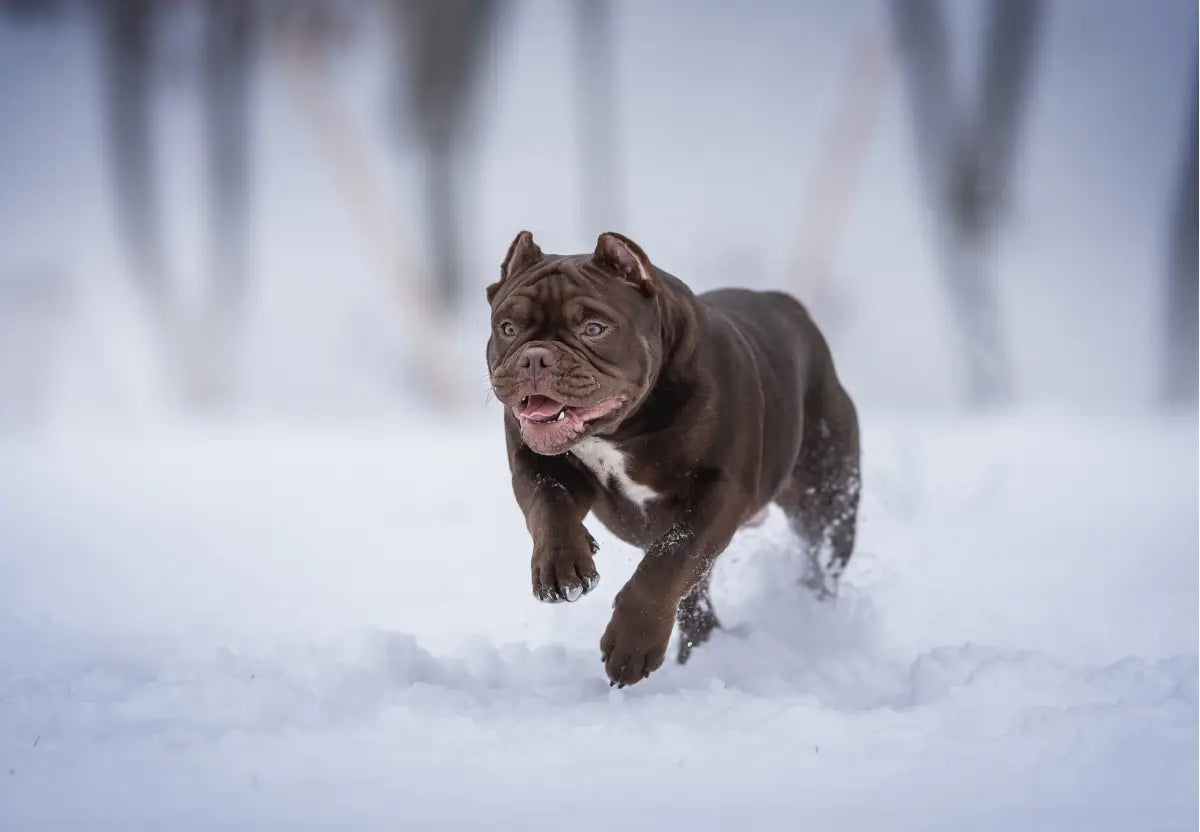
How Humid and Wet Climates Affect American Bully Health
1. Respiratory Challenges
High humidity can strain an American Bully’s respiratory system, especially in dogs with shorter snouts. Damp conditions may also worsen allergies or asthma, leading to coughing or wheezing.
-
Prevention Tips:
-
Avoid strenuous activity in humid weather to reduce breathing stress.
-
Keep indoor air quality high with air purifiers or dehumidifiers.
-
Monitor for respiratory distress (labored breathing, blue gums) and seek veterinary care if needed.
-
2. Paw Pad Issues
Wet climates increase the risk of paw pad injuries or infections. Prolonged exposure to moisture softens pads, making them prone to cuts, abrasions, or fungal infections like yeast.
-
Prevention Tips:
-
Dry paws thoroughly after walks, especially between toes.
-
Apply paw balm to maintain pad integrity and prevent cracking.
-
Check pads regularly for cuts, swelling, or unusual odors.
-
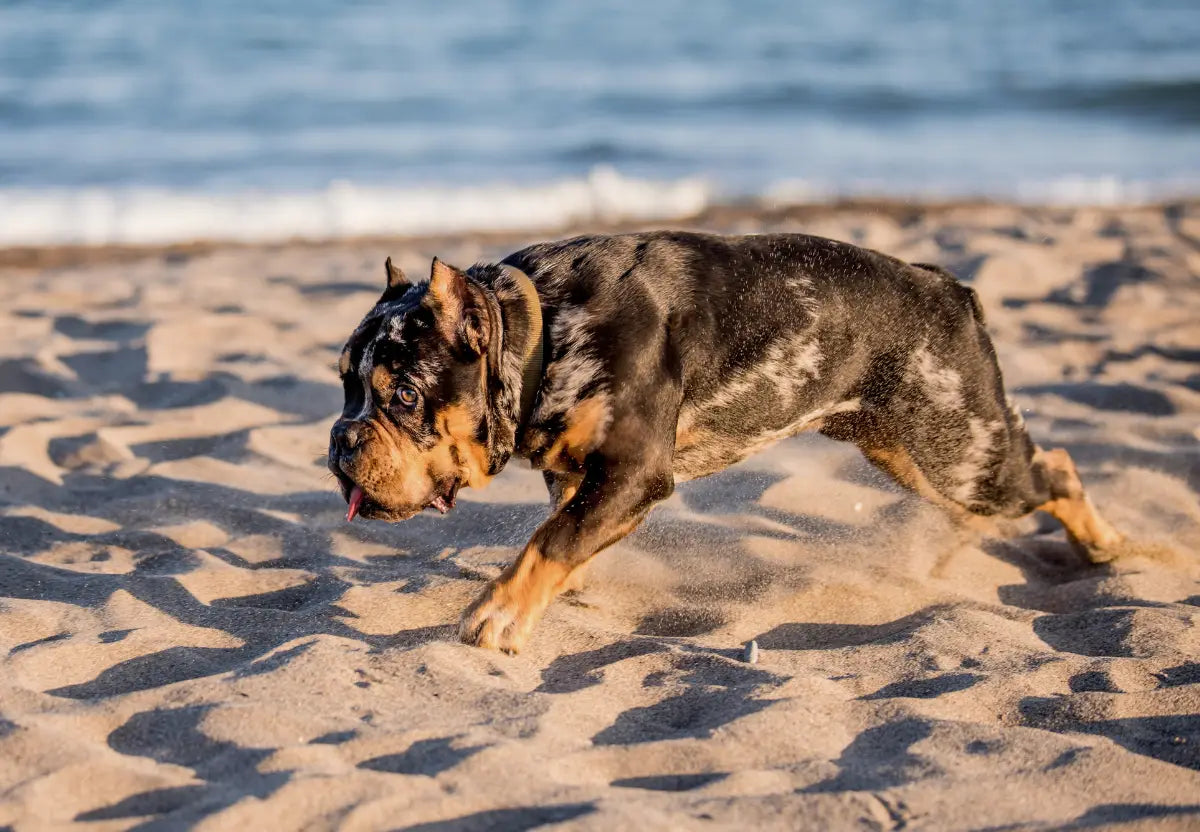
Climate Change and Its Broader Impact
Climate change is intensifying weather patterns, with hotter summers, colder winters, and more frequent extreme events like hurricanes or droughts. These shifts pose new challenges for American Bully owners. For example, prolonged heatwaves increase heatstroke risks, while unpredictable storms may limit safe outdoor time. Owners in coastal or flood-prone areas should prepare for wet-related health issues, such as infections from standing water.
-
Adaptation Strategies:
-
Stay informed about local weather forecasts and adjust routines accordingly.
-
Create an emergency kit with pet supplies (food, water, medications) for evacuations.
-
Invest in climate-controlled indoor spaces, like air-conditioned or heated rooms, for extreme weather.
-
General Tips for Climate-Adapted Care
Regardless of your region’s climate, these universal practices will help safeguard your American Bully’s health:
-
Regular Vet Checkups: Schedule annual or biannual vet visits to monitor climate-related health risks, such as skin conditions or joint issues. Vets can recommend tailored preventive measures based on your local climate.
-
Proper Nutrition: Feed a high-quality, balanced diet to support skin, coat, and immune health. Consult a vet about calorie adjustments for seasonal activity levels.
-
Exercise Moderation: Tailor exercise to weather conditions. In hot climates, prioritize low-impact activities like swimming. In cold climates, use indoor games to maintain fitness.
-
Grooming Routine: Brush your Bully weekly to distribute natural oils and check for skin issues. Trim nails to prevent paw injuries in wet or icy conditions.
-
Hydration Monitoring: Ensure constant access to water and watch for signs of dehydration or overhydration (e.g., after swimming).
-
Behavioral Awareness: Climate can affect mood. Hot or cold stress may cause irritability or lethargy. Provide mental stimulation through toys or training to keep your Bully engaged.
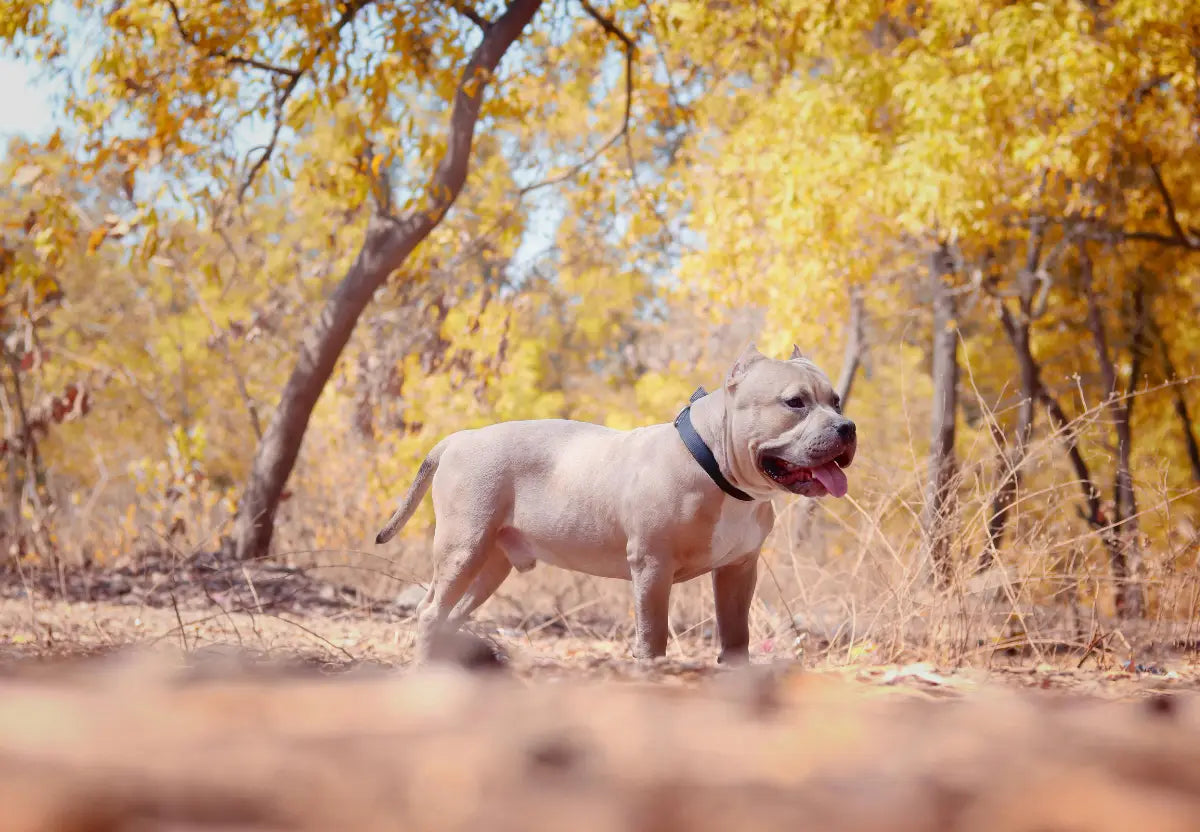
Regional Considerations for American Bully Owners
Climate varies widely across the United States, and American Bully owners should adapt care to their region:
-
Southern States (e.g., Florida, Texas): Focus on heat and humidity management. Use cooling gear and avoid midday outdoor time.
-
Northern States (e.g., Minnesota, New York): Prioritize cold-weather protection with coats, booties, and warm bedding.
-
Desert Regions (e.g., Arizona, Nevada): Address extreme daytime heat and chilly nights with hydration and temperature-regulated spaces.
-
Coastal Areas (e.g., California, North Carolina): Prepare for wet conditions and humidity-related skin or paw issues.
The Role of Responsible Breeding
Breeders play a vital role in preparing American Bullies for diverse climates. Selecting for traits like healthy airways, robust skin, and balanced musculature can enhance climate resilience. For example, avoiding extreme brachycephalic features reduces heat-related breathing issues. Ethical breeders also educate buyers about climate-specific care, ensuring puppies thrive in their new homes.
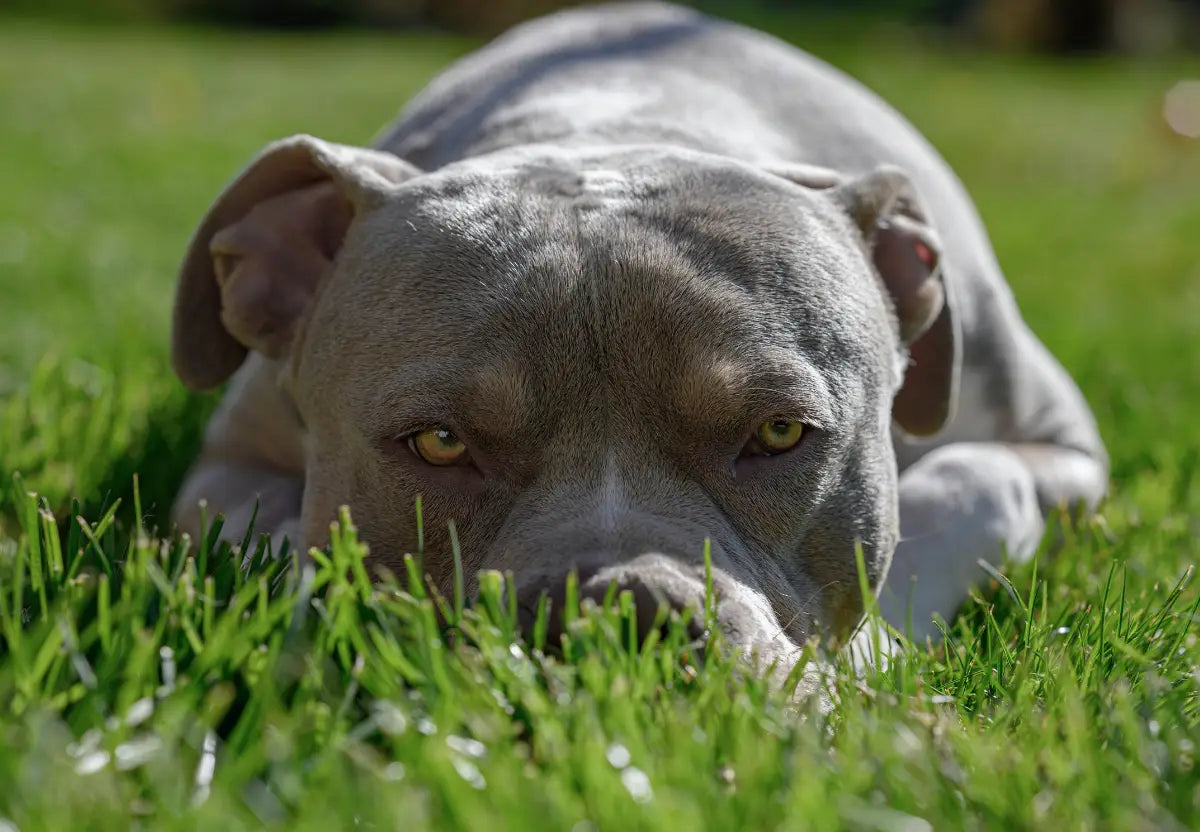
Conclusion
Climate profoundly influences American Bully health, from heatstroke risks in summer to joint stiffness in winter. By understanding these impacts and adopting proactive care strategies, owners can keep their dogs healthy and happy in any environment. Whether you’re cooling your Bully by a pool in Miami or bundling them up for a snowy walk in Chicago, tailored care is key. Stay vigilant, consult your vet, and embrace the joy of owning this remarkable breed, no matter the weather.
Have questions about your American Bully’s climate care? Share your experiences in the comments or visit americanbully.com for more resources on keeping your Bully thriving!

